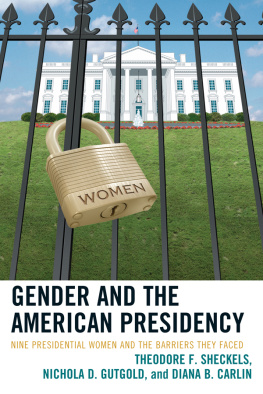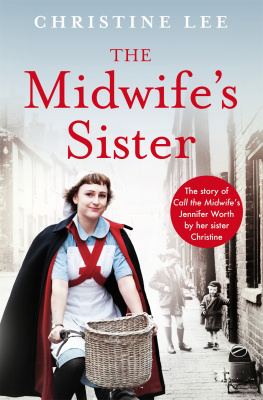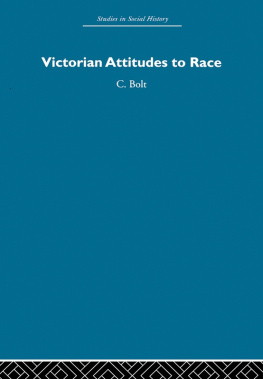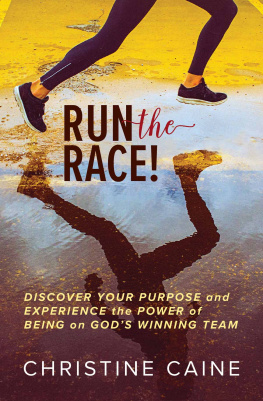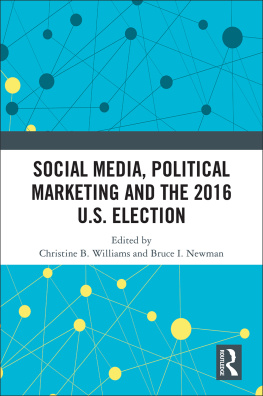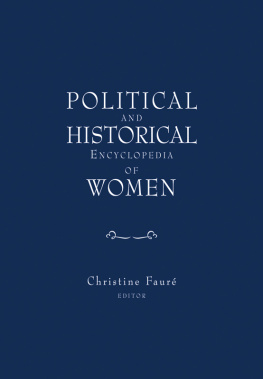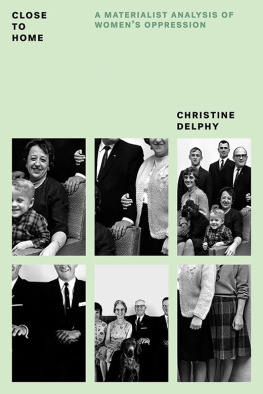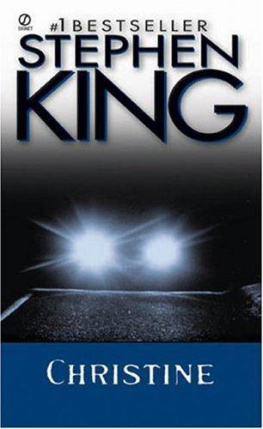FOREWORD
It was the best of times, it was the worst of times, it was the age of wisdom, it was the age of foolishness.
Charles Dickens, A Tale of Two Cities
T he energy in the air as thousands made their way to Mt. Hope Cemetery in Rochester on Election Day 2016 to place I Voted Today stickers on Susan B. Anthonys headstone was unique, and powerful. The spectacle captured an international audience, as millions of viewers watched John Huckos live feed of the day on Facebook.1 Barbara Streisand and the BBC tuned in. CNN was there.
The mood at the cemetery was like nothing I had ever experienced. It was a brisk fall morning. The brilliant blue sky was a vivid backdrop for the gray cemetery markers set in thick, deep-green grass below the branches of ancient trees dressed in vibrant gold and crimson leaves. There was a palpable sense of expectation and a pervasive joy, but there was also a hint of caution, of uncertainty.
The crowd was gentle with one another. People with walkers, toddlers on hips, men alone, women in multigenerational groups, and smiling faces and bodies of all shapes and shades waited patiently for their turn to place their sticker and take a selfie at the modest limestone marker. Some waited as long as three hours, but no one tried to rush others along. People said they were participating in a historic moment. And indeed, they were.
By 8:00 a.m. the next morning, the sky and the cemetery were gray and damp with cold fog and drizzle, and the election results were in. History had been made, but the results angered some, confused others, and left many brokenhearted. What were we to make of the 2016 election?
In this book, the editors have brought together twenty-four chapters by scholars and writers who disassemble what happened from their location and expertise so that we can assemble a response from ours.
For those who were appalled or impressed by the ways in which social media affected public mood and opinion, here is an evidence-based analysis.
For those who are perplexed about why religious fundamentalists voted in droves for a twice-divorced man who confessed to assaulting women, heres an analysis that makes sense.
For those who dont understand why educated white women turned out for Trump or why fellow Democrats campaigned passionately against Clinton, here are some insights.
For those who have been keenly aware of the racism and bias in our systems of government, education, and corrections, here are tools to help others understand the systems that oppress and abuse.
For those who are distressed by the press and media, here are tools to sort through the propaganda, step outside your own echo chambers, and expose the forces that benefit from telling less than the whole story.
Musicians, artists, playwrights, and preachers: read here. These writers will open your imaginations to consider the motivations and concerns of characters who are different from those in your world.
For those feminists who seek to lift up equality for all, but dont understand why their strategies may perpetuate racism, classism, xenophobia, and transphobia: read here to see how that happened in Susan B. Anthonys day and in 2016.
During the Civil War, Susan B. Anthony said, We want a Union which is a Union in fact, a Union in spirit, not a sham.2 After the 2016 election, will the United States head toward a union that truly is of the people, by the people, and for all the people? Or will we be a sham?
Will the 2016 election prove to be the best of times, or the worst of times? It will be what we make of it. Heres a start to making history for humanitys sake.
Deborah L. Hughes
President and CEO of the National Susan B. Anthony Museum and House
. Live Broadcast: Susan B. Anthony Being Honored, News 8 WROC Rochester, November 8, 2016, http://www.facebook.com/News8WROC/videos/10155359367104386/?hc_ref=PAGES_TIMELINE.
. Ida Husted Harper, The Life and Work of Susan B. Anthony: Including Public Addresses, Her Own Letters, and Many from Her Contemporaries during Fifty Years , vol. 1 (Indianapolis: Bowen-Merrill, 1899), 228.


